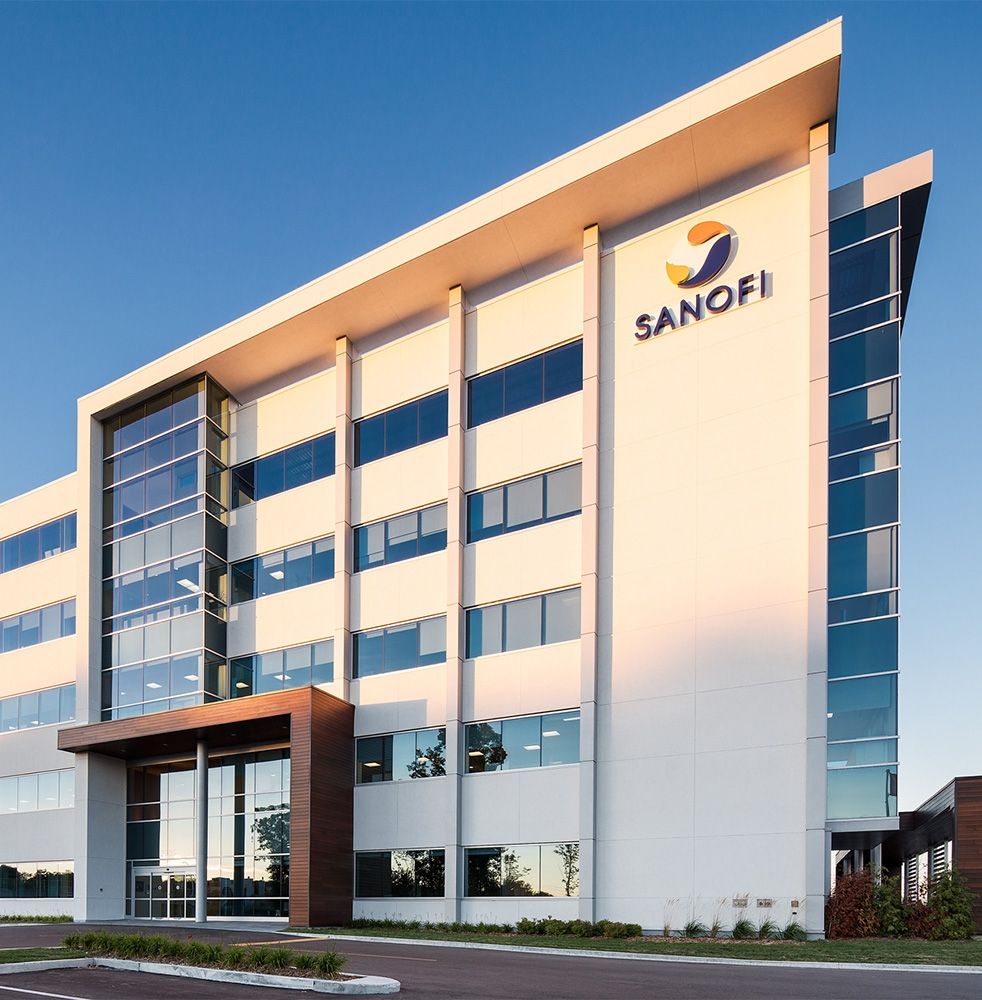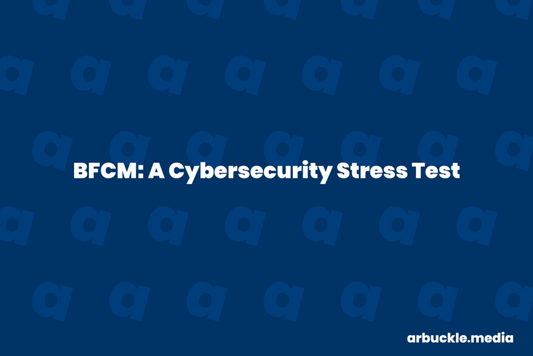By now you’ve probably seen the headlines – everything you had hoped for from the Rosanne revival and the focus on Darlene was ruined by an unfortunate tweet (and the bizarre and fast-paced series of events that followed). As it turns out, the only real winner from the exchange was an unlikely hero, the French pharmaceutical company Sanofi.

In an effort to both distance themselves from Rosanne and potentially negative opinion about Ambien, a popular prescription medication, Sanofi took exception to the scapegoating and clapped back to Rosanne’s tweet, laying down the law that their products don’t cause racism.
While Twitter was busy focusing on the original tweet, Rosanne’s bizarre follow ups and multiple hiatuses from Twitter, as well as ABC’s quick response with their announcement cancelling the Rosanne revival, the social media team at Sanofi were clearly on top of their game. For a company that normally receives on average double-digit likes, and single-digit retweets for their posts, they received a whopping 5.7K replies, 64K retweets and 170K (that’s 170,000) likes on their single not-so-subtle tweet to Rosanne on May 30.
So how did the social media team at Sanofi capitalize on such a perfect opportunity? Usually a pharmaceutical company seems like an unlikely social media success story, being in a highly-regulated industry, typically they’re bound to what they can and can’t say, and have a strong brand image to uphold with many moving pieces and positions to go through to get messaging approved. Despite that, here’s all that was needed to win Twitter:
Simply by being on social media, Sanofi had an ear to the ground. They had an official brand presence (with an official Twitter account) that not only gave them credibility, but a voice to officially speak on behalf of an international brand. This was their seat at the table for the conversation that they didn’t even start.
Then, by using social tools and having good monitoring workflows in place, it was easy for the team to become aware of brand mentions, references, and trending stories (like Rosanne’s claims) that it could monitor and reply to. Striking when the situation is still hot is the ke
Lastly, the social media team needed enough access, authority and autonomy to quickly pull the trigger on making a response that both nailed it, and was on-brand for them. If they had waiting too long, or had too many hurdles to go through before getting the message approved, they would’ve missed an opportunity to not only dispel false claims about their product, but get a ton of free brand awareness all over the world.
At the end of the day, all it took was the Sanofi team to be there, be aware, and to reply to win Twitter for the day.




